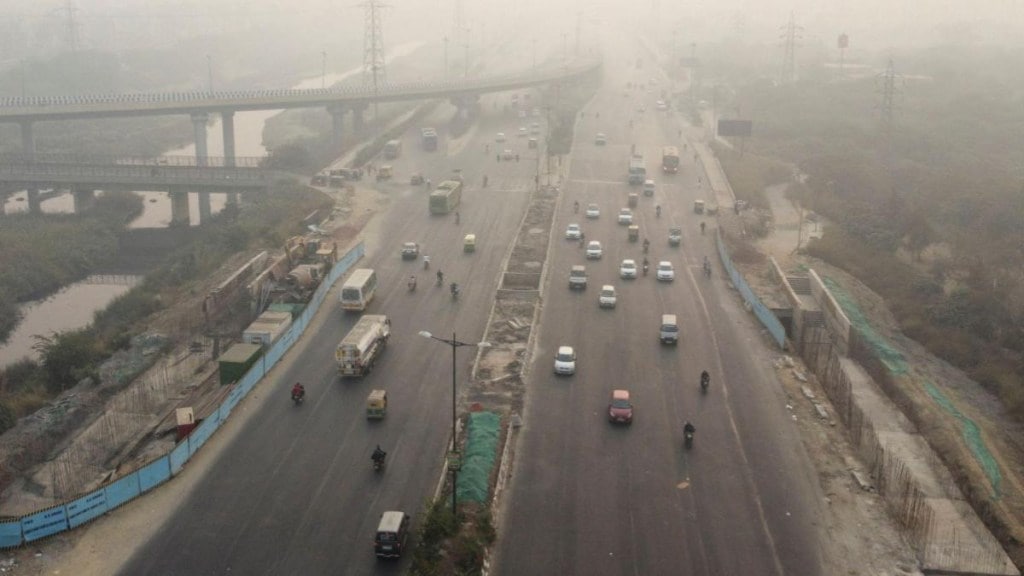Cloud seeding was never meant to be a silver bullet to solve the very serious problem of air pollution in Delhi, where indices were recorded in the “poor” category on Thursday and are expected to deteriorate further. But the failure of cloud seeding trials to produce any precipitation in the capital last week was disappointing. These first attempts have not had any meaningful impact. The Delhi government stalled the trials saying they would be carried out again, indicating that such attempts could be fruitful when the moisture content in the clouds is higher. However, a study by Indian Institute of Technology Delhi suggests that is an illusory goal, as it found the city’s winter season (October to February) to be unsuitable for cloud seeding. The study cited “a fundamental lack of sufficient moisture and saturation during the peak pollution months when the intervention is most needed”. The analysis, which is yet to be peer reviewed, used data from 2011-21 to identify only 92 days over the decade as conducive for the purpose.
The practicability of cloud seeding itself is in doubt, let alone any positive impact. Last year, the Union environment ministry had told Parliament that it was infeasible as an emergency step to improve Delhi’s air quality. According to its assessment, clouds over North India during winter are transitory and already cause rain, and that besides the absence of requisite cloud conditions in Delhi, there was a possibility of dry air beneath clouds evaporating any precipitation before it reaches the ground. It also raised concerns about the chemicals (such as silver iodide and sodium chloride) used for seeding clouds. Cloud seeding or artificial rain is not a new phenomenon. Although using it to combat air pollution is a relatively new idea, most cities globally that adopted it have abandoned the practice. Its use is almost exclusively for drought relief, that too during rainy seasons.
The Bharatiya Janata Party-ruled Delhi government’s first budget announced in March had seen an allocation of Rs 300 crore for pollution control. Although, at about Rs 3 crore, the failed cloud seeding trials may not be a major item of expenditure, the government would be better advised to rethink the allocation. The previous Aam Aadmi Party (AAP) government in Delhi had toyed with the idea of cloud seeding two years ago, but couldn’t execute it due to unfriendly weather. The Delhi government should heed expert opinion and approach the problem with greater seriousness; pollution levels are frighteningly high and this is a public health emergency. Be it the AAP government’s odd-even scheme for vehicles introduced nearly a decade ago, and which too was a failed experiment, or a propensity to blame stubble-burning in neighbouring states, the political authorities in the capital have time and again resorted to gimmicks and passing the buck. To make matters worse, even as air quality plummeted predictably on Diwali with the relaxation of the cracker ban, reports of negligence at monitoring stations and suspect sensors have led to allegations of fudged pollution data. Any neglect or cover-up is suicidal.
What is desperately needed is a coordinated approach among all states in the region. This would warrant steps to curb biomass burning in industries and households, stubble-burning by farmers, industrial and vehicular pollution, and construction and road dust, besides promoting public transport. These are the long-term changes that the administration should push and people across strata must buy into. There are no quick-fix solutions like cloud seeding.

